The iPhone XS & XS Max Review: Unveiling the Silicon Secrets
by Andrei Frumusanu on October 5, 2018 8:00 AM EST- Posted in
- Mobile
- Apple
- Smartphones
- iPhone XS
- iPhone XS Max
Display Measurement
Apple first introduced OLED panels in the iPhone X last year – and this year’s iPhone XS and XS Max are a continuation of the same designs. The XS’s panel ticks off all the features that are possible to have in a display – OLED, high resolution, wide gamut with colour management, and HDR display with official support of HDR10 and Dolby Vision. The panel is manufactured by Samsung Display, but is said to be a contracted design as blueprinted by Apple.
Among one of the questions I’m still asking myself, is who designed and is providing the display’s DDIC? OLED displays' DDICs are even more important than LCDs', because they not only control colour, but also have to control the active matrix power delivery, and thus the DACs that actually power on the individual pixels.
The iPhone’s display is still a scanning PWM powered panel, meaning the pixels are not actually continuously on, but pretty much work the same way a CRT beam would work – only instead of a single pixel, we have a partial vertical band across the display. The reason for this is just the sheer complexity of running the active-matrix: each subpixel needs to be controlled to 1024 voltage levels to represent the colours of the 10-bit panel. On top of that, the DACs need to have sufficient bit-depth to also provide a seamless range of brightness levels. Here saving on the DAC bit-depth by controlling brightness by PWM is a good workaround the issue.
The iPhone XS’ displays are really excellent at first sight, offering fantastic viewing angles. Personally however, I still have some reservation about the bezel design; Apple has been bested when it comes to screen-to-body ratio by other Android vendors, and I expect to see even more devices come out with what are true full device face screens.
The display’ pixel density doesn’t quite match other 1440p smartphones in terms of sharpness, but it’s still plenty sharp enough for the vast majority of people.
As always, we thank X-Rite and SpecraCal, as measurements are performed with an X-Rite i1Pro 2 spectrophotometer, with the exception of black levels which are measured with an i1Display Pro colorimeter. Data is collected and examined using SpectraCal's CalMAN software.
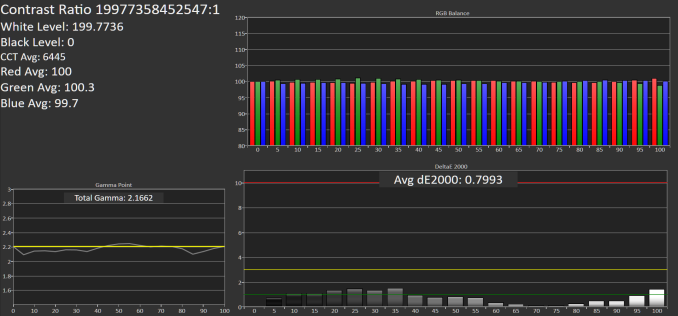
SpectraCal CalMAN
XS :
XSM:
In terms of greyscale accuracy, both the iPhone XS and iPhone XS Max present outstanding accuracy, coming in at an astonishing deltaE2000 of 0.79 for the XS and 1.64 for the XS Max. My Max unit seemed to lack intensity in the green channel, which reduced its accuracy score.
Both phones came in very close to the target 6500K of the D65 illumination point, in practice they’re very much perfect white.
Brightness wise, my XS maxed out at 646cd/m², while my XS Max came in at 668cd/m². There is no auto-brightness boost, however at such high brightness levels, there’s no need. Minimum brightness goes down to a little under 2 nits, allowing for comfortable night-time reading.


iPhone XS - iPhone XS Max
SpectraCal CalMAN
If one were to nit-pick, then it’s about the gamma measurement as the XS seemed to undershoot the 2.2 target, resulting in ever so slightly darker images, while my XS Max overshot it, resulting in brighter images. Still both were very much within imperceptible levels, so it’s not a great concern.
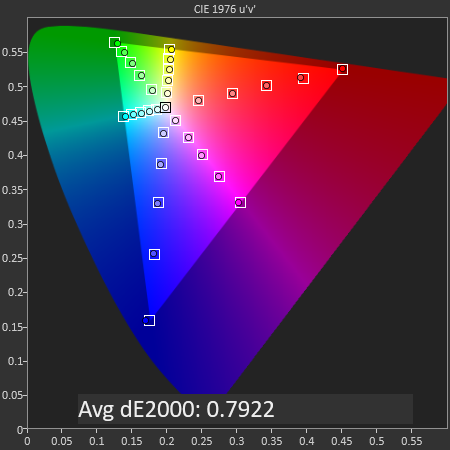
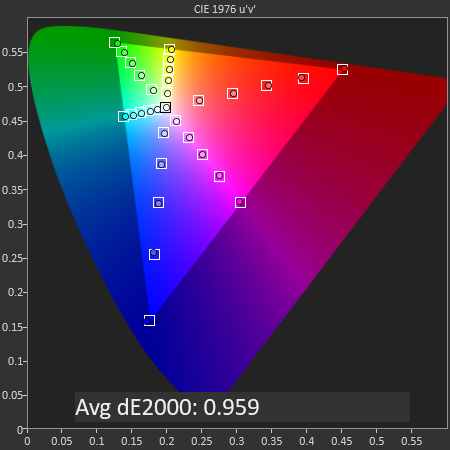
iPhone XS - iPhone XS Max
SpectraCal CalMAN
By default, the XS display and software interpret non-wide gamut tagged content as sRGB. Measuring the saturation accuracy here, we see some amazing results from both phones. The XS posted an amazing dE2000 of 0.79 – this is so low that it’s nigh-impossible to get much better, even when manually calibrating a display. The XS Max fared a bit worse at 0.95, but still below 1 which still deserves it the commendation of being excellently accurate.
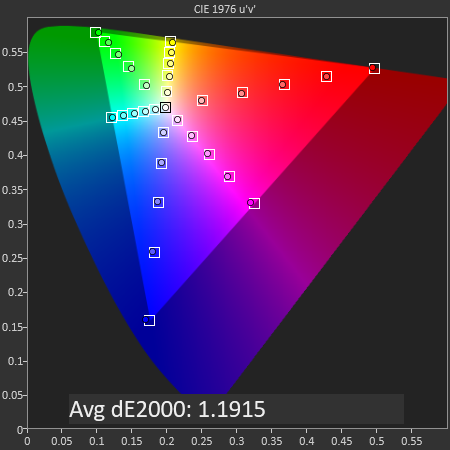
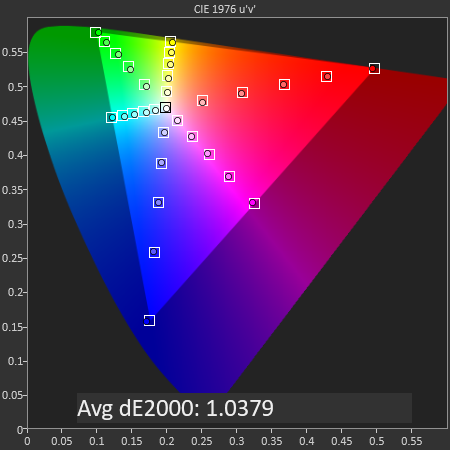
iPhone XS - iPhone XS Max
SpectraCal CalMAN
When the application supports it, and the media has a wide gamut profile embedded, the iPhone XS displays are able to showcase the higher colour intensities of this wider colour gamut. Apple pretty much standardised “Display P3” in the mobile world – a display mode with the gamut of DCI P3, yet with an identical gamma target of 2.2 of sRGB, ensuring seamless interoperability of both gamuts within a display.
Again, both the iPhone XS and the XS Max showcase outstanding calibration with respective dE2000 of 1.19 and 1.03.
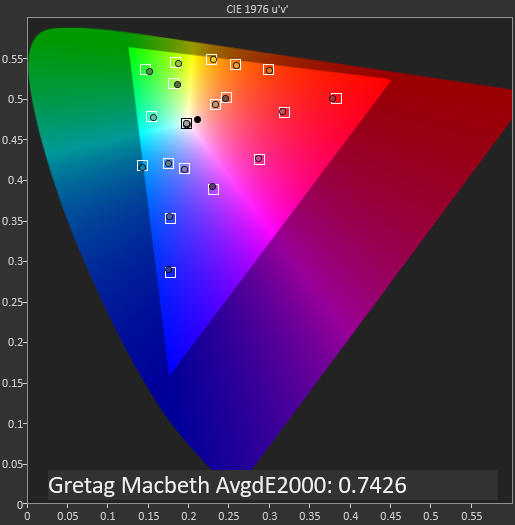
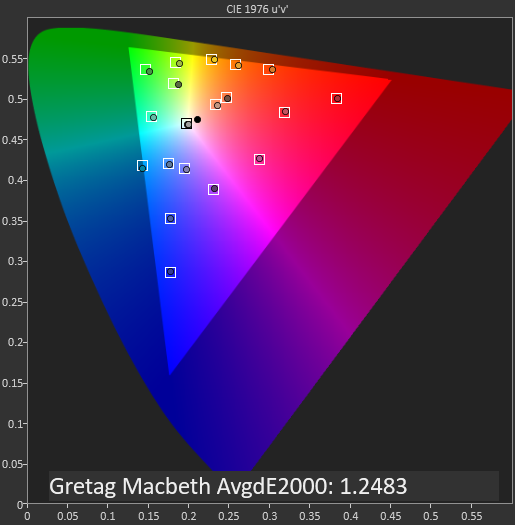
iPhone XS - iPhone XS Max
SpectraCal CalMAN


iPhone XS - iPhone XS Max
SpectraCal CalMAN
The Gretag Macbeth colour targets contain commonly encountered colours, such as skin tones and other colour samples. This test checks not only if the display is able to display the correct colour hue, but also the luminosity.
Again, the iPhones are able to show outstanding figures. The 0.74 score of the iPhone XS is I think the lowest figure we’ve measured on any kind of display, which is amazing. My XS Max figures scored a bit worse, it’s likely that the green channel weakness is part of what’s causing it to be better.
Overall, the iPhone displays are just outstanding. These are the best calibration results we’ve come to measure not only in a smartphone, but likely any display. I have literally nothing negative to say about them, and in terms of picture quality, they are just the best displays on the market.
Display Power
I was curious to see how the new XS fared against last year’s X – as it’s possible there might have been some under-the-hood improvements in terms of panel or emitter materials.
Unfortunately, it looks like the iPhone XS is nigh identical to the iPhone X when it comes to the power characteristics of the panel. My iPhone X had reached just a bit higher brightness and extended up the power curve a bit, but otherwise any differences can just as well be attributed to random manufacturing fluctuations.
| Screen Luminance Power Efficiency 100% APL / White @ 200nits |
||||||
| Device | Screen Luminance Power at 200cd/m² |
Luminance Power (mW) / Screen area (cm²) Efficiency |
||||
| LG G7 | 257 mW | 2.93 | ||||
| LG G6 | 363 mW | 4.43 | ||||
| P20 | 411 mW | 4.86 | ||||
| Galaxy S9 | 563 mW | 6.69 | ||||
| P20 Pro | 601 mW | 6.74 | ||||
| Galaxy S8 | 590 mW | 7.01 | ||||
| iPhone X | ~671 mW | ~8.31 | ||||
| iPhone XS | ~736 mW | ~9.11 | ||||
Comparing the power efficiency at 200cd/m² and normalising the luminance power of the devices for their screen area, we see that the iPhone X and XS fall a tad behind other Samsung OLED panels. I think what this could be attributed to is the 10-bit colour depth of the Apple phones, as their DDIC and the active matrix would need to do more work versus the 8-bit counterparts.
One thing to also very much to take into account is the base power consumption of the phones. The iPhone X, XS and XS Max all fluctuate around 480-500 mW when on a black screen, which is around 150mW more than the iPhone 8 LCD models. This might not sound much, but’s it’s an absolutely huge figure when taking into account that it’s an unavoidable power consumption of the phone whenever the screen is on. I do hope Samsung and Apple alike would be able to focus more on optimising this, as like we’re about to see, it will have an impact on battery life.


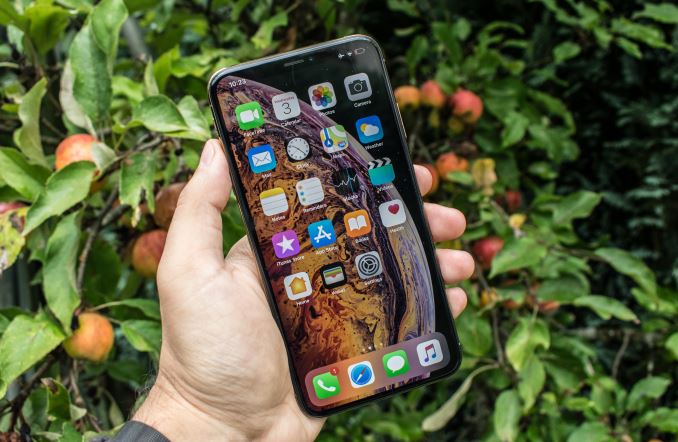
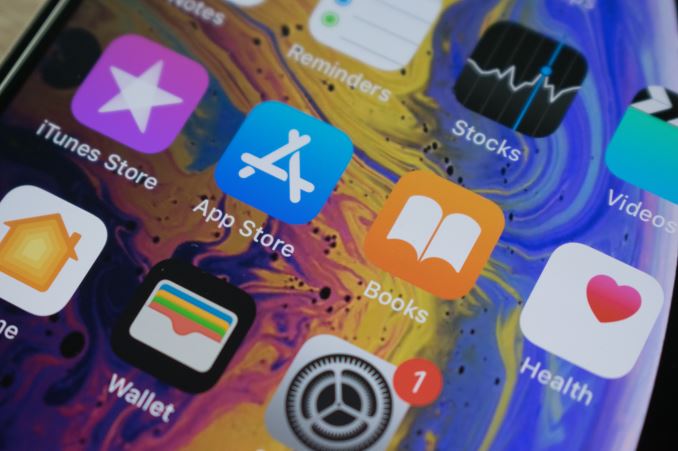
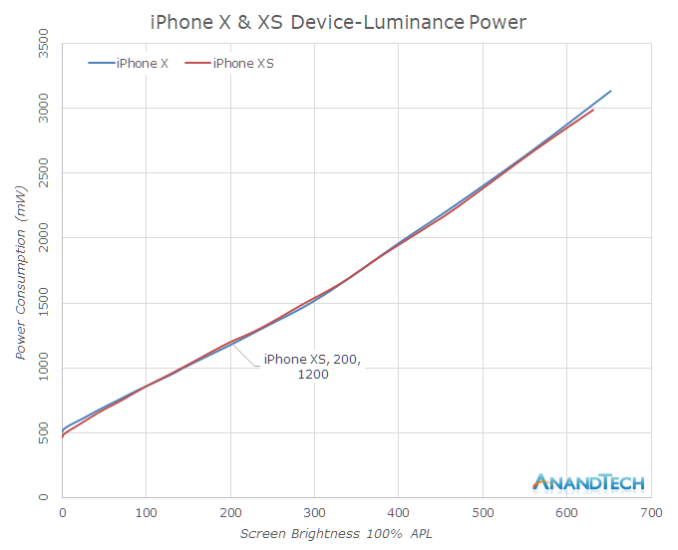








253 Comments
View All Comments
willis936 - Friday, October 5, 2018 - link
Great review. I loved the SoC analysis. There's definitely something spooky going on in an SoC with three caches that are scattered throughout the die. You do mention that there are two more fixed point ALUs but when analyzing a SPEC test result that relies on execution units you said that the A12 didn't have any execution improvements. Aren't the extra ALUs more execute?It's clearly a nice device and there are areas that saw massive improvements and other areas that are more of the same. I really appreciate that your conclusion isn't "it's a great device so buy it" but "it's a great device but really expensive".
Andrei Frumusanu - Friday, October 5, 2018 - link
The A11 had two more ALUs over the A10, the A12 doesn't improve in this regard.3DoubleD - Friday, October 5, 2018 - link
More than half the die shot was unlabeled. I found it strange that over 50% of the die wasn't worth discussing... what does it do? Are these fixed function units, modems, ISPs, ect.?It's really amazing how the CPU and GPU are taking less and less space on a SoC.
shabby - Friday, October 5, 2018 - link
It's not like Apple gives out these die shots with everything labeled, we're basically guessing what everything is.melgross - Saturday, October 6, 2018 - link
Nobody knows what the entire chip does. Since Apple doesn’t sell their chips they’re not obligated to tell us all of the secret sauce that’s in there.Ironchef3500 - Friday, October 5, 2018 - link
Thanks for the review!bull2760 - Friday, October 5, 2018 - link
I returned my MAX because of antenna signal issues. I upgraded from the 8 plus and while it was super fast it definitely has issues. I drive the same route to work everyday and in the few days I had the phone I had 4 dropped calls in the middle of conversations and when I looked at the screen is said call failed. One call to my wife I had 2 calls failed within 5 minutes. From my research the dropped calls are related to the new antenna system that Apple is using. Unless you are in a strong signal area you will receive a lot of dropped calls. From what I'm reading this has nothing to do with switching to Intel from 3Com it is directly related to the choice of antennas. Had 3Com had a chip ready to go with the same specs it too who have similar signal issues because of the antennas. The other issue I was having was network connectivity. I would be connected to my wireless at home or at work and often get page cannot be displayed errors and I need to check my network. I was clearly connected to my wireless network. I would turn the wireless on and off and it would start working. Speeds were crazy too. One minute you'd get really fat throughput and the next it would be crazy slow. I'd hold off on purchasing the new phones until Apple sorts out the bugs.FunBunny2 - Friday, October 5, 2018 - link
ehh?? everybody knows that if you want to use a telephone, you get a landline. mobile phones ceased being about phone calls at least a decade ago. what?? for a Grand$ you want to talk to someone??? how Neanderthal.PeachNCream - Friday, October 5, 2018 - link
Hah! I love the sarcasm!On a serious note though, I do wonder how long we'll even have a phone network or carriers that treat voice, text, and data as individual entities. We can and have already been able to do VoIP for what feels like ever and calling over WiFi is a thing. It'd make sense to just buy data and wrap up voice and text inside 4G or whatever.
FunBunny2 - Friday, October 5, 2018 - link
"It'd make sense to just buy data and wrap up voice and text inside 4G or whatever."I suspect that some scientists/engineers have run the numbers to see what that does to data capacity. which may be why it hasn't happened. or, it could also be that the data scientists at the carriers (and phone vendors) have found that smartphone users really don't make enough phone calls to warrant supporting decent quality.